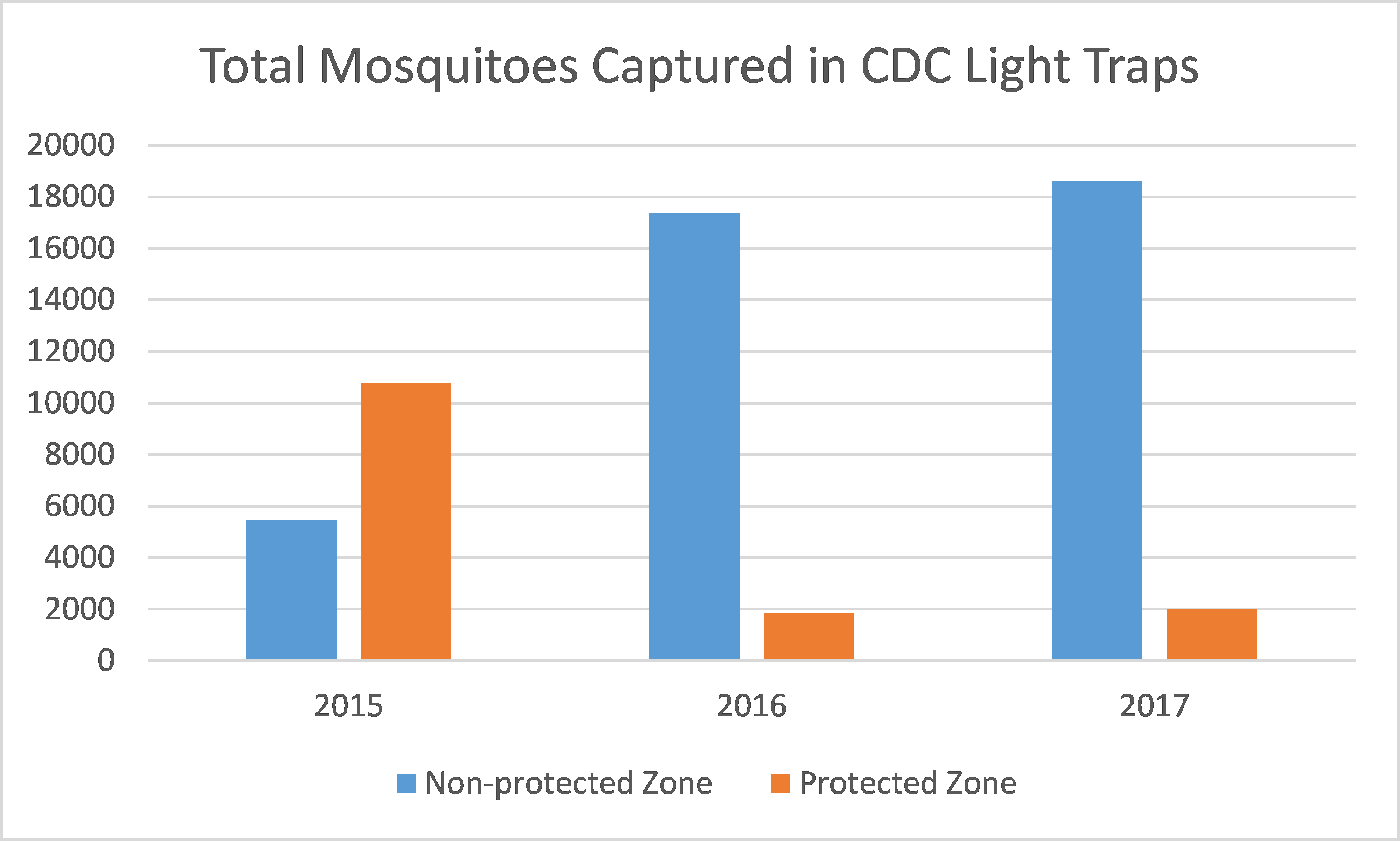

Kanata North
In 2016, GDG Environment was contracted by the City of Ottawa to control spring and summer mosquito larvae through the application of a biological larvicide in the Kanata North Ward. The surface area of the treatment zone is approximately 5,968 hectares (ha) to protect an area of 1,825 hectares. The quality of life for residents of Kanata North has been impacted by significant populations of “nuisance” mosquitoes.
Click here to download the case study.
The Response so far from residents has been ”overwhelmingly positive.”
– Kanata-North Councillor Wilkinson, Ottawa Sun, March 19th 2017
Challenges
The high water table and the flat topography create a haven for mosquito reproduction and favor the creation of large mosquito development sites, many of which remain flooded throughout the season. Examples of such sites are the Carp River flood plain, the South March Highland Conservation Area, the Kizell pond to name a few. Residents were unable to enjoy the outdoors due to the voracity of the mosquitoes.
The City of Ottawa therefore contacted GDG Environment to find a solution to the mosquito problem.
GDG studied the composition of the mosquito population and discovered the presence of spring time mosquitoes, cattail marsh mosquitoes and flood water mosquitoes.
Our Approach
The mosquito control program is the most effective method to reduce nuisance caused by mosquitoes. Two biological larvicides called Bacillus thuringiensis israelensis (Bti) and Bacillus sphaericus (Bs) are used. Bti is applied in the spring to control snow melt mosquitoes and throughout the summer to control floodwater mosquitoes, whereas Bs is applied in the spring to specific cattail marshes to control Coquillettidia perturbans, an aggressive human bitter.
Throughout the season, monitoring of the development sites is essential in order to plan and prioritize the application of the product. The applications of Bti and Bs are carried out by helicopter and by ground equipment to maximize coverage and efficacy.
The comments I’ve had from people – ‘The first time I’ve been able to eat outside in 12 years,’ this kind of thing – really makes a difference to the quality of you have in the community,”
– Councillor Marianne Wilkinson said. (CBC News Ottawa, May 16th, 2017)
Results
CDC light traps were installed within the protected zone and outside the protection zone (non-treated area) to evaluate the effectiveness of the program. The above graph illustrates how traps located in the non-treated areas have much higher mosquito captures than those located within the protected zone. In fact, in 2015 before the program started, more mosquitoes were captured within the protected zone.
A mosquito control program contributes to the increasing efforts which are applied by municipalities to increase the quality of life and better living conditions to their residents. The following are some of the advantages which a program provides:
Increased outdoor family activities and accessibility to their own back yard
• Increase recreational summer and tourism activities
• Amplified use of municipal recreational infrastructure
• Increase in property and real estate values
• Amplified use local conservation areas and natural trail systems
• Reduced risk of mosquito-borne diseases
• Decreased cases of allergic reaction caused by mosquito bites

* Program started in 2016
Back to case studies
